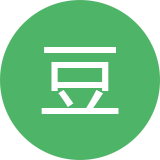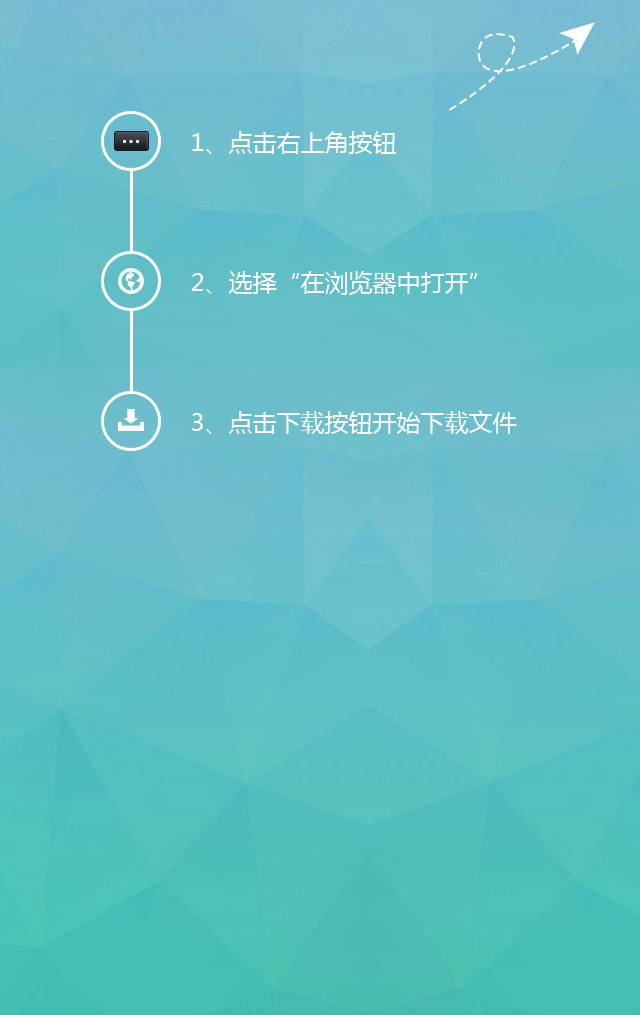Analysis of technical scheme for coating white-faced cattle cardboard
1. Raw material composition and pulp line configuration
1.1 Analysis of raw material structure
There are two kinds of coated white-faced cattle cardboard, one is the cattle cardboard that bleaches the wood pulp noodles, and is coated with white-faced cattle cardboard I; the other is the surface coated cattle cardboard to coat the white-faced cattle cardboard. II said. In the domestic general market, if not specified, the coated white-faced cattle cardboard generally refers to the coated white wood pulp liner board, usually composed of a top layer, a core layer, a bottom layer and a coating layer. The base paper surface layer slurry is bleached wood pulp and partially deinked pulp, the core layer is deinked pulp, and the bottom layer is OCC waste paper pulp. The raw materials of the same layer of white paperboard are shown in Table 1.
It can be seen from Table 1 that the coated white-faced cattle cardboard uses more OCC slurry instead of the deinked pulp. Therefore, the same quantitative product, the coated white-faced cattle cardboard physical index will be superior to the gray-white cardboard; The white paper face B paper raw material cost will be lower than that of the wood pulp noodle and the deinked pulp core layer coated white noodle paper jam I series.
1.2 pulp line configuration analysis
Based on different coated white-faced cattle cardboard products, the pulp production line configuration is not the same. The typical configuration of coated white-faced cattle cardboard I series is usually 3-4, one bleached wood pulp production line, 1-2 deinked pulp production line, and one OCC production line; coated white-faced cattle cardboard B series product pulp line It is configured as a typical kraft card line configuration, usually 2 pieces, 1 UKP pulp production line and 1 OCC pulp line.
2, paper machine configuration analysis
With an annual output of 700,000 tons, a design basis of 200g/m2, a speed of 1100m/min, and a coating weight of 30g/m2, the configuration of the white-faced cattle cardboard machine is analyzed from the net section, press, sizing and coating analysis. The flow is headbox¡únet section¡úpressing¡úpre-drying¡úsizing¡úpost-drying¡úhard calender¡ú2-3 front coating¡úsoft calender¡úcold cylinder¡úroller.
2.1 Network Configuration
The base paper is priced at 170g/m2, and the base paper solution can be divided into three or four layers, such as
2. Figure 1.
The network configuration can be configured with a three-layer network (the underlying top-of-the-line network) or a four-layer network configuration. With 200g/m2 as the design quantitative, both schemes can meet the requirements, and the physical index of the four-layer net paper is better than the three-layer net, but the four-layer net configuration has high investment cost and high running power consumption, which is not suitable for doing. Low quantitative product. At the same time, in the long run, customers' demand for coated white-faced cattle cardboard will become more and more low-quantity development. Therefore, it is recommended to use a three-layer network (underlying top-of-the-line network) configuration.
2.2 Press section configuration
Modern high-speed paper machines basically adopt a shoe press configuration. Compared with the traditional large roll diameter press, the press dryness is high, and there are cases showing up to 50%. For 200g/m-coated white-faced cattle cardboard, there are usually three options: two shoe presses, two shoe presses (two smoother felts with smooth belts), two shoe presses and one smooth press. as shown in picture 2.
The two-shoe press press has a high dryness, which can save the amount of steam in the cadre, but contributes little to the surface roughness of the paper in the wet part; the two-shoe press (smooth belt on the second pressure) is good for paper-making. Surface performance, but the press dryness is lower, about 1% lower than the simple two-stage shoe press; two series of shoe press + one smooth press, which not only ensures the dryness of the press, but also improves the paper surface in the wet part. Performance, but from the shoe press to the smooth press adds a section of open-ended paper, the paper machine wet part breaks the rate. Therefore, each of the three configurations has advantages and disadvantages, and it is necessary to consider the market requirements for paper formation and the balance of the actual situation of the paper mill.
2.3 sizing and coating scheme
There are usually two types of sizing solutions, film transfer sizers and immersion size machines. The immersion size applicator is generally suitable for paper machines with a speed of 900m/min or less. The post-drying steam consumption is high, and the squeegee is severe when the vehicle speed is high. The squeezing machine is prone to break paper, but the immersion type sizing machine has It is beneficial to improve the physical strength of paper, especially the bursting and ring pressure index. Therefore, most of the domestic corrugated paper machine adopts the soaking type glue applicator. For high speed paper machines, a film transfer size press is often used to ensure the running performance of the paper machine.
Scraper coating is the most common coating method for producing coated paper and coated paperboard, because it can impart better smoothness to the paper and can coat the surface of the paper at a higher speed. Thin coatings are therefore more popular with paper mills. In the case of relatively high speeds, the coated white-faced cattle cardboard I series of wood pulp noodles requires high-quality coated paper, usually considered to be 2-3 front blade coating. Scraper coating generally provides better roughness of the paper, but the blade coating is less opaque.
For the natural wood pulp noodle coated white-faced cattle cardboard B series, due to the use of natural wood pulp noodles, the blade coating often appears to be exposed. The latest development to solve this problem is the application of the multi-layer curtain coater. The curtain coating method enables the coating to be well distributed in the transverse and longitudinal directions of the web, and a multi-layer coating structure can be obtained simultaneously by one coating operation. For multi-layer curtain coating, a sliding structure is generally employed, in which the different coating outlets used to form the multilayer structure are arranged in a predetermined order from top to bottom, each coating having a metering slot alone. its
The principle is to use a narrow body nozzle to form a liquid film on the coating, and apply the liquid film evenly on the paper web, which is divided into three stages: forming a liquid film, a liquid film falling and accelerating a liquid film immersed in the moving paper web. It is characterized by good sheet coverage, while multi-layer curtain coating optimizes the use of the coating. Different coating formulations can be used to adjust the characteristics of the coating.
The multi-layer curtain coater supplied by Metso Corporation to Toyama Toyo Paper Co., Ltd., Ansan City, Korea, has successfully produced coated cartonboard in 2009. This technology can produce white paperboard from unbleached waste paper pulp without the need for a separate white hanging layer, and the quality of this new product is comparable to that of traditional coated white liner paper, while the production cost is greatly reduced.
2.4 calendering scheme
Coated paper is usually equipped with hard calendering and soft calendering to improve the surface properties of the base paper. Hard calendering is usually controlled by partitioning. The latest development is the emergence of Metso's new belt calender Valzone, which is characterized by long-lasting The long nip of lm replaces the traditional roller calender, which consists of a smooth heated steel strip and a heated roll.
Wide nip and low line pressure can improve the looseness, stiffness and surface properties of the paper. For example, the roughness of coated white-faced cattle cardboard produced by belt calendering instead of hard calendering can be reduced by about 0.2-0.3 um. However, Valzone's investment cost is high, and the steel strip is a consumable item. The investment return and operating cost must be considered in the configuration. Domestic Yunnan Hongta and Shandong Bohui coated paper machines have been equipped with belt calenders, and Sun Paper has also used the production of dry culture paper for belt calenders for the first time.
400 telephone: 400-6625-890
Customer Service Phone: 0760-87793968
Yida Fax: 0760-87596269
Yida WeChat: 13925351519
Yida Sina Weibo: http://weibo.com/u/2793294454
This article was originally published by Zhongshan Yida Paper website. If you need to reprint, please indicate it from http://www.yida0760.com; copyright belongs to Yida Paper.
Recommend
-

-

QQ Zone
-

Sina Weibo
-

Renren.com
-

Douban

